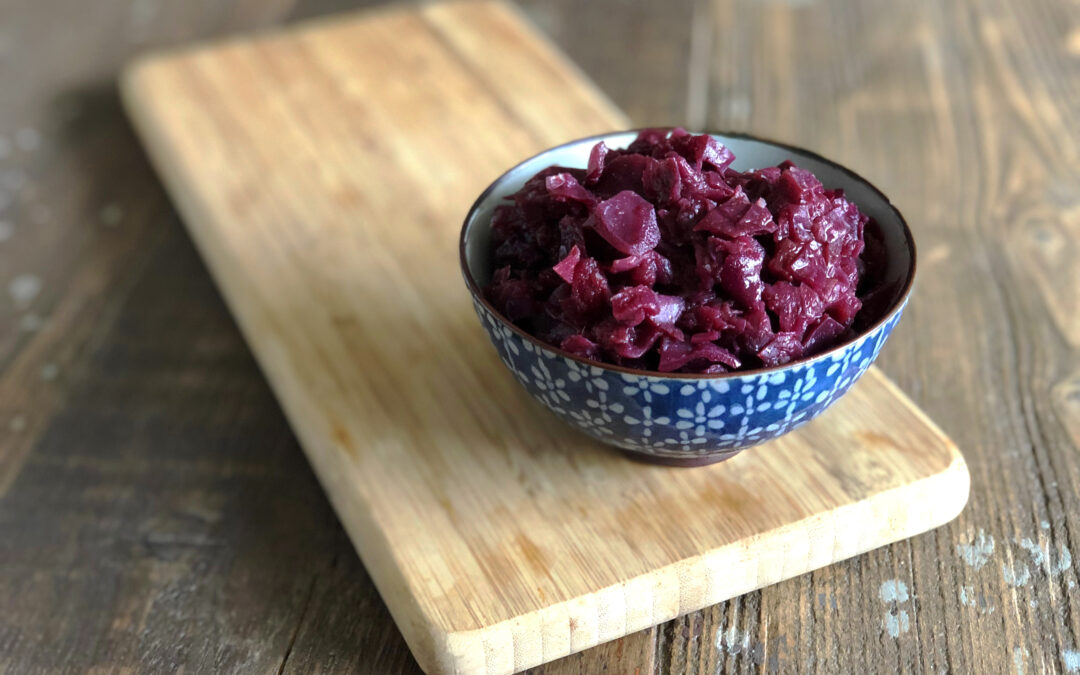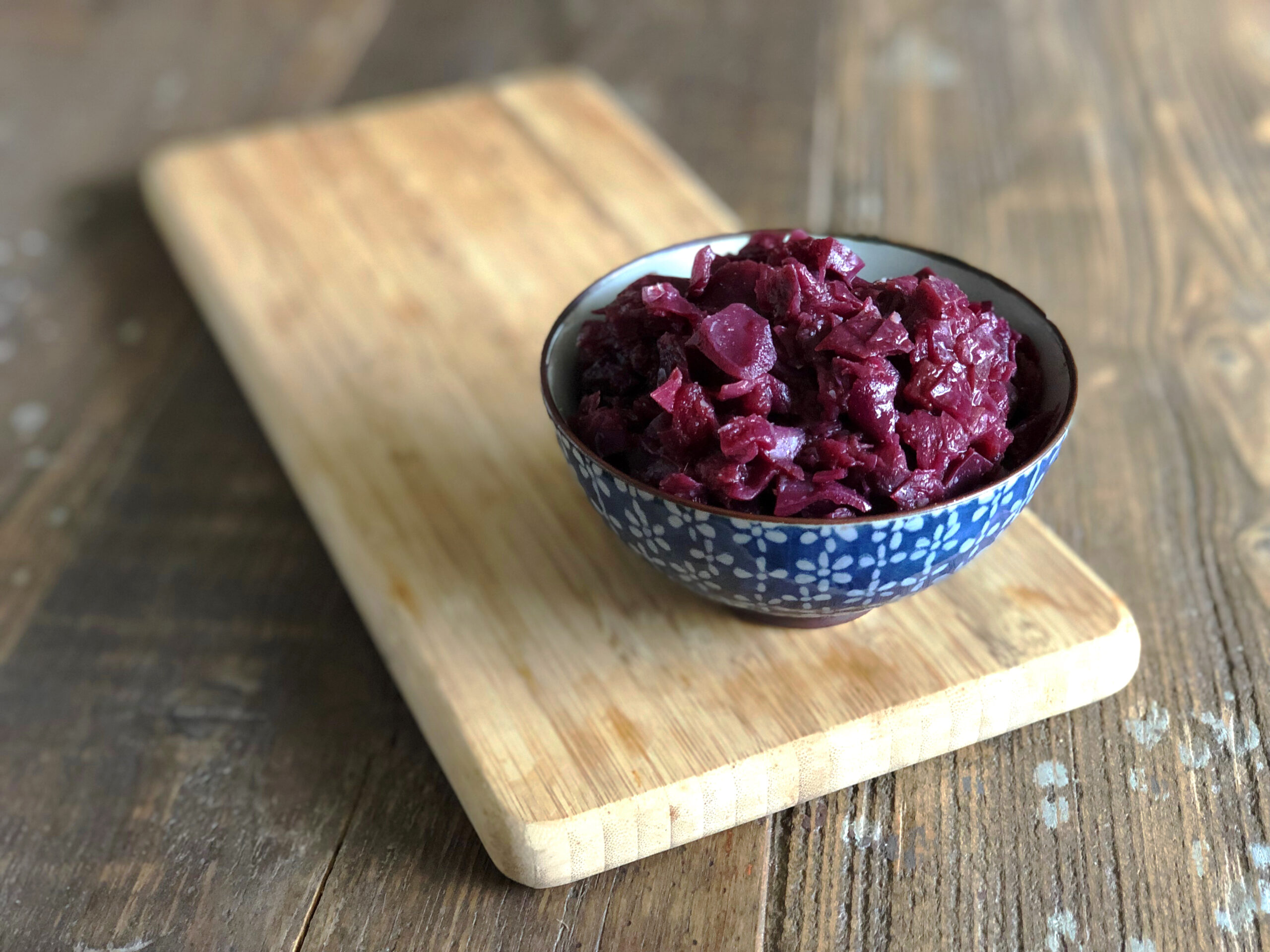Don’t be too strict on yourself – you should still enjoy the holiday season! If you’re out at a party, start off with the “healthier” fare, but definitely still go for those indulgences as well. The healthier options will fill you up first, helping to ensure you can still have those treats mindfully. This way you’re less likely to go overboard but you also won’t feel like you’re denying yourself.
Swap out a couple alcoholic drinks for some non-alcoholic cocktails. Keep your alcohol consumption in moderation by, at the least, alternating with a non-alcoholic alternative. There are loads of fancy mocktail possibilities, and I bet most people won’t notice! You’ll definitely thank yourself in the morning when you sleep better and minimize the chance of a hangover. Most of the symptoms of a hangover can be attributed to dehydration, so always be sure to drink plenty of water alongside your alcoholic drinks.
Prioritize sleep. Sleep is key for recovering and building resiliency to stress. Not to mention this time of year kicks off cold and flu season, so your immune system could do with the boost. Even if sleep comes at the expense of something like exercise, this is a period of the year where I personally believe this swap is worth it.
Know your non-negotiables for managing stress, and keep up with some form of self-care. While you might need to cut down on your self-care time to properly balance your schedule, make sure you’re not cutting it out completely! That time to yourself will help you recharge and have more energy to give to everything else that is going on.
Practise saying no when needed. Recognize your limits or propose alternatives when certain requests are just too much. Everyone is busy at this time of year, so most people will understand if you turn down an invitation. Or think of alternative activities that won’t take all of your energy. Did a friend invite you to a holiday party that you know will be exhausting? Propose meeting for a lunch instead so you still get that time to connect. Or, maybe you want to throw a party of your own to see all your friends in one go, rather than attend a million different functions. Too often we can feel awkward saying no to people, whether it’s that invitation or having another Christmas cookie. Try not to offer an excuse, just express your boundary clearly and firmly – you’ll probably feel empowered afterwards!
























